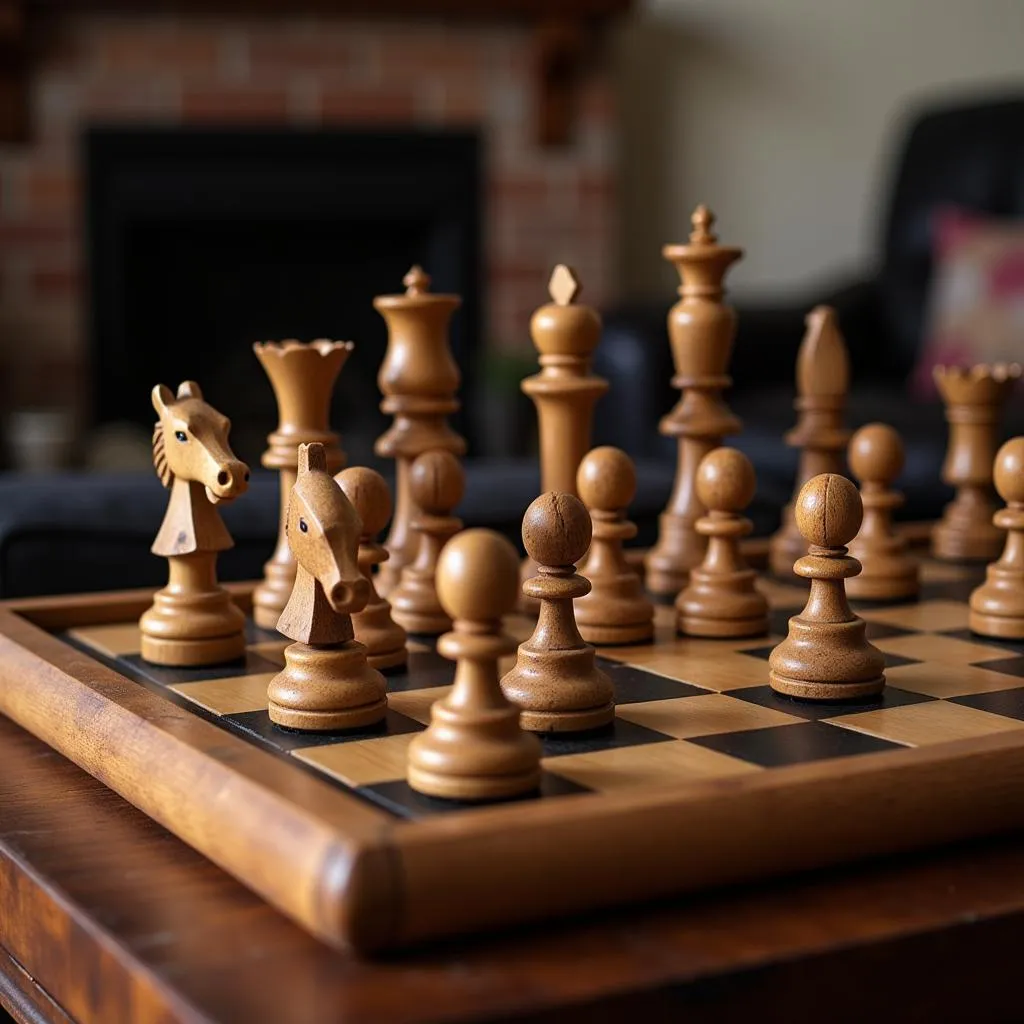Exploring the Vibrant World of African Art Music
African Art Music is a rich tapestry woven from diverse traditions, instruments, and rhythms. It’s a powerful expression of cultural identity, reflecting the history, beliefs, and experiences of communities across the continent. From the hypnotic beats of the djembe to the melodic intricacies of the kora, African art music offers a captivating journey for the ears and the soul. This exploration delves into the diverse soundscapes, influences, and contemporary evolution of this captivating musical genre.
The Diverse Landscape of African Art Music
African art music isn’t a monolithic entity. It encompasses a vast array of styles, each unique to its region and ethnic group. North African music, for example, often features Arabic influences, while sub-Saharan styles incorporate complex polyrhythms and call-and-response vocals. Understanding these regional variations is key to appreciating the full spectrum of African art music. Many traditional forms are deeply intertwined with storytelling, rituals, and ceremonies, adding layers of meaning beyond the purely musical.
From the soulful melodies of the mbira thumb piano in Zimbabwe to the vibrant highlife music of Ghana, African art music is as diverse as the continent itself. These musical traditions are often passed down through generations, preserving cultural heritage and providing a link to ancestral roots. Whether it’s the energetic drumming of Burundi or the intricate melodies of the kora, African art music captivates listeners with its unique blend of rhythm, melody, and cultural significance. For a glimpse into the rich tapestry of African folk music artists, check out this resource: african folk music artists.
The Influence of Tradition and Ritual
Traditional music plays a vital role in many African societies. It accompanies rituals, ceremonies, and social gatherings, serving as a powerful medium for communication and expression. Music is often used to tell stories, convey emotions, and connect with the spiritual realm. The rhythms and melodies evoke a sense of community and shared identity, reinforcing cultural values and beliefs.
What are the main instruments used in African art music? Drums, koras, mbiras, and various wind and string instruments are commonly used, each with its unique sound and cultural significance.
The Evolution of African Art Music in the Modern Era
While rooted in tradition, African art music isn’t static. It continues to evolve, embracing new influences and technologies. Contemporary artists are blending traditional sounds with modern genres like jazz, hip-hop, and electronic music, creating innovative and exciting fusions. This cross-cultural exchange has broadened the reach of African art music, introducing it to new audiences worldwide. Exploring resources like the African Burundi drum music collection can offer a deeper understanding of these rhythmic traditions: african burundi drum music.
African Art Music’s Global Impact
African art music has had a profound impact on global music. Its rhythms and melodies have influenced countless artists and genres, from jazz and blues to rock and pop. The use of polyrhythms, call-and-response vocals, and improvisation, all hallmarks of African music, can be heard in music from around the world. This global influence testifies to the enduring power and universality of African art music.
For a more contemporary take on African music, you can explore African cartoon music videos, which offer a vibrant and engaging introduction to the genre: african cartoon music video.
Conclusion
African art music is a vibrant and dynamic art form that reflects the rich cultural heritage of the continent. From traditional rituals to contemporary fusions, it continues to captivate and inspire listeners worldwide. Exploring the diverse soundscapes of African art music offers a rewarding journey of cultural discovery.
FAQ
- What is the significance of drumming in African art music?
- How has colonization impacted African musical traditions?
- What are some prominent contemporary African art music artists?
- What are the key characteristics of North African music?
- How is African art music used in storytelling?
- What are some resources for learning more about African music?
- Where can I find recordings of traditional African music?
Looking for more resources? Check out african dhol party torrent.
We understand that you may have further questions. Here are some other topics you might be interested in: The Role of Women in African Music, The Influence of Islam on North African Music, and The Future of African Art Music.
Need assistance? Contact us 24/7: Phone: +255768904061, Email: kaka.mag@gmail.com, or visit us at Mbarali DC Mawindi, Kangaga, Tanzania.


